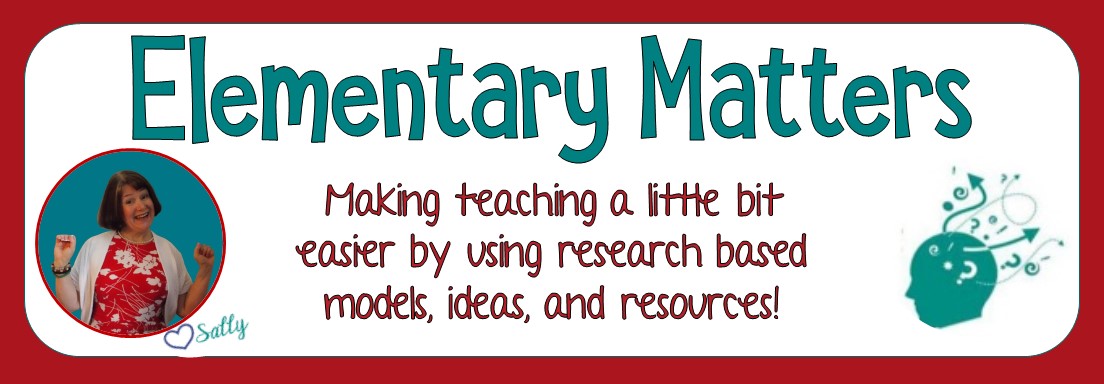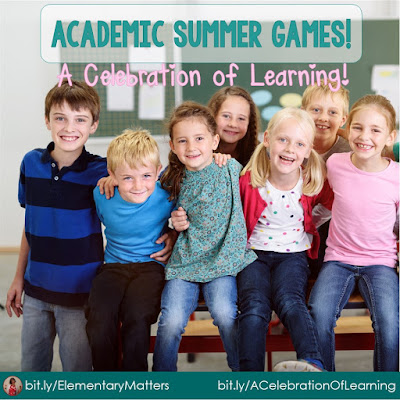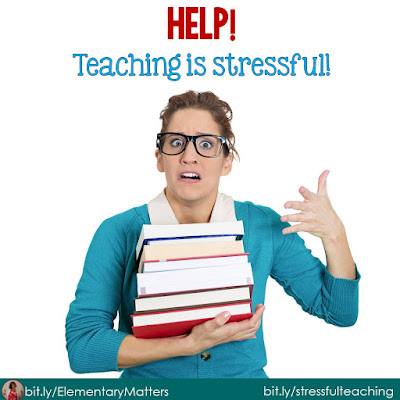This is our last full week of school, and we'll be celebrating learning by having Academic Summer Games!
- Have fun!
- Give the kids a taste of what the Olympics are like!
- Give the children some experience with some of the different countries all over the world.
- Review skills from the year!
- Liven up these last few dreary days!
- Promote teamwork and positive feelings.
- Promote individual self esteem
- Grab an opportunity for some Project Based Learning.
- Did I mention having fun?
- Form 5 groups of 4. Those students will choose a country to represent, design a banner to represent that country, make a flag for that country, and pick a color to wear on the days of "competition".
- We'll start with a "parade of athletes" around the school. Each "country" will carry its banner and flag, and will proudly display their colors.
- Then we'll hold a number of "events". I'm thinking a few scoot games, like these, perhaps a "read-a-thon", brainstorming contests (How many nouns can you think of in 60 seconds?), math facts contests, a S.T.E.M. project (something to do with water that can be done outside!), physical contests (How many jumping jacks can you do in 60 seconds?)
- After each ceremony, hold a "medal ceremony" for the winners. I'm thinking some events will be group events, and some will be individual events. Yes, I actually own a CD of national anthems, so I'll play the one that goes with the country they represent, while they display their flag/ banner.
- If necessary, I'll come up with my own events, to make sure everyone gets an opportunity to be a winner. (Most people wearing purple?)
- Send them home with smiling faces and stories to tell.
Here are some books with Olympics themes: (Each image is a link to Amazon for more information.)





































